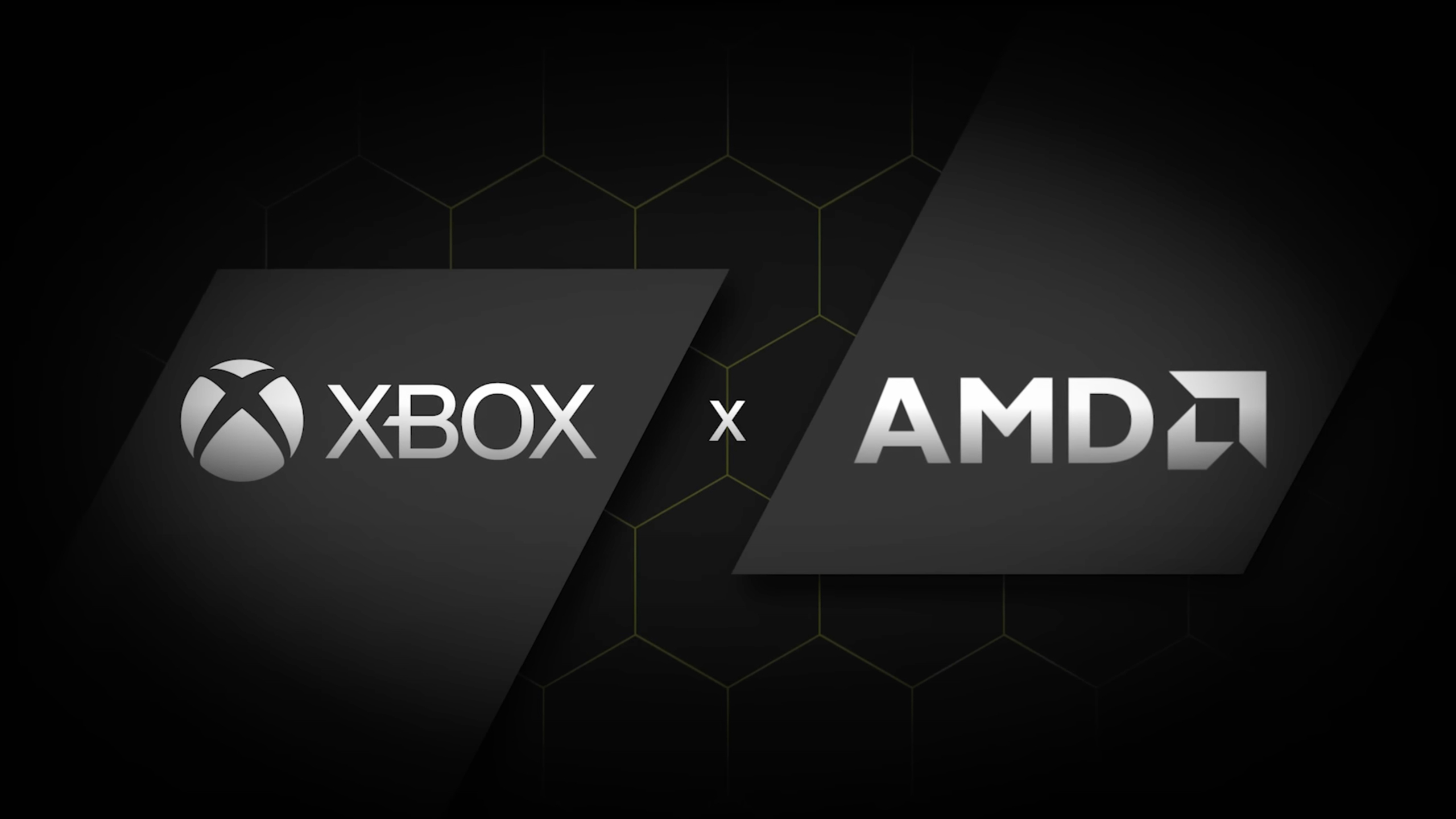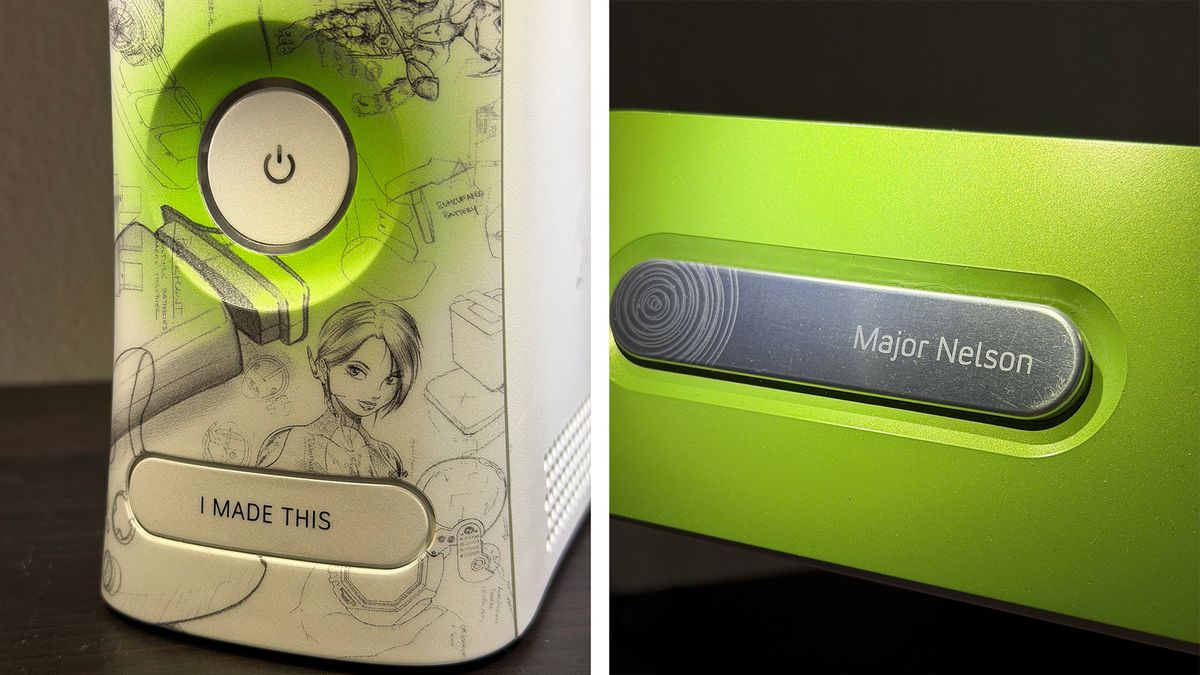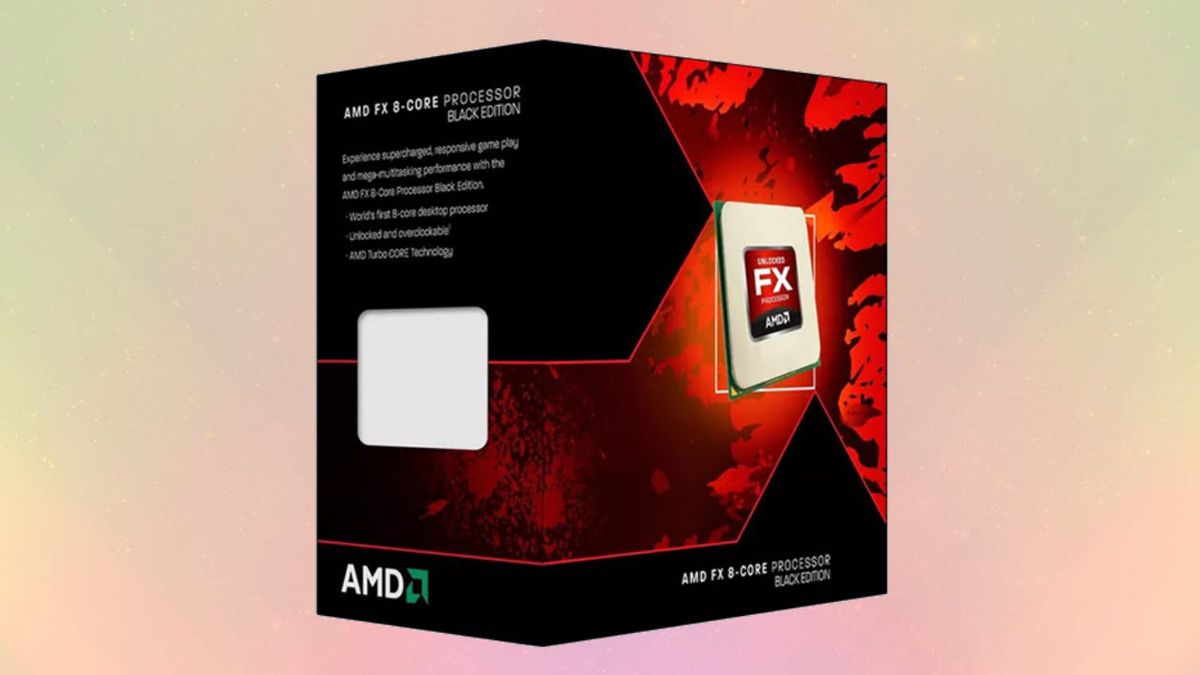In a rather unexpected turn of events, Microsoft on Tuesday announced that it had extended its hardware partnership with AMD to include next-generation Xbox game consoles as well as portable devices. The partnership is set to last several years and span across multiple generations of desktop and portable hardware.
"I am thrilled to share we have established a strategic multi-year partnership with AMD to co-engineer silicon across a portfolio of devices including our next-generation Xbox consoles, in your living room, and in your hands," said Sarah Bond, president of Microsoft's Xbox business unit.
The announcement is the first official confirmation that Microsoft is prepping a new generation of Xbox consoles for home as well as Xbox-branded portable gaming devices that will be a part of the Xbox ecosystem. As it turns out, all of these gaming systems will continue to use semi-custom processors designed by AMD that will offer considerably higher performance than the existing Scarlett system-on-chips (SoC) powering Xbox Series X while maintaining backwards compatibility. That backwards compatibility likely means continued reliance on Zen CPU cores based on the x86 instruction set architecture (ISA) as well as on AMD's Radeon graphics processing units.
"Together with AMD we are advancing the state of art in gaming silicon to deliver the next generation of graphics innovation to unlock a deeper level of visual quality and immersive gameplay and player experiences enhanced with the power of AI, all while maintaining compatibility with your existing library of Xbox games," said Bond.
Microsoft did not reveal when it expects Xbox Next to become available, though typically the company makes formal announcements of next-generation consoles about 1.5 years before releasing them to market. For example, Microsoft announced its project Scarlett Xbox Series X at E3 trade show in mid-2019 and released it in late 2020.
If the company follows the same release pattern, expect Xbox Next to arrive in time for holiday season 2026. Given the timing, it is reasonable to expect the next Xbox console to use an SoC featuring custom Zen 6 CPU cores and an RDNA 5 GPU, though we are speculating here.
A particularly intriguing part of the announcement is a confirmation of Xbox-branded portable consoles. Although handheld PC gaming systems took off after Valve released its Steam Deck in 2022 and now there are half a dozen interesting competitors, these portable consoles are still a niche market. Nonetheless, it looks like Microsoft Xbox sees a strong potential for portable consoles and plans to release one of its own based on a custom processor.
"At Xbox, our vision is for you to play the games you want, with the people you want, anywhere you want," said Bond. "That is why we are investing in our next-generation hardware lineup, across console, handheld, PC, cloud, and accessories. […] The next generation of Xbox is coming to life, and this is just the beginning. We cannot wait to show you what's next."
The announcement also highlights Microsoft's ambition to support gaming on multiple platforms beyond traditional devices like consoles, handhelds, or PCs, which likely means expanded compatibility between Xbox and Windows machines going forward.
"This is all about building you a gaming platform that is always with you, so you can play the games you want across devices anywhere you want, delivering you an Xbox experience not locked to a single store or tied to one device," added Bond. That is why we are working closely with the Windows team, to ensure that Windows is the number one platform for gaming."
Follow Tom's Hardware on Google News to get our up-to-date news, analysis, and reviews in your feeds. Make sure to click the Follow button.

 4 months ago
16
4 months ago
16










 English (US) ·
English (US) ·